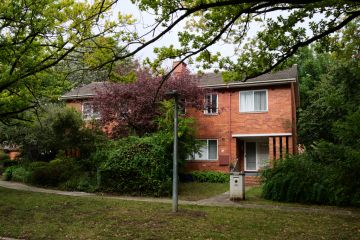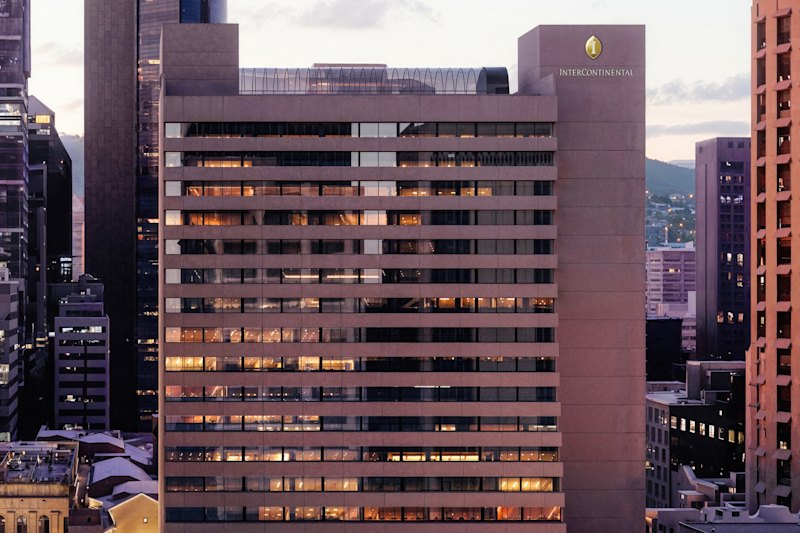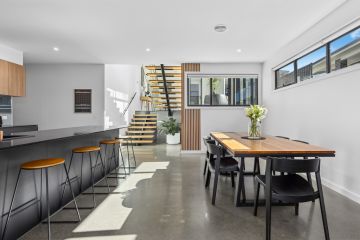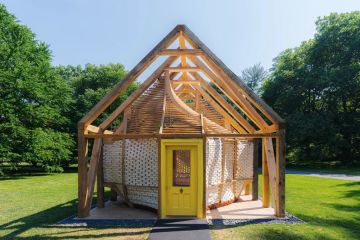What's ahead for prestige properties in 2023?
When the prices of prestige properties rise, the rest of the market tends to follow. But when a downturn comes, the top end is often the first to feel the chill winds, too.
As a result, in many locations, prestige prices are softening, although by less than they’ve firmed up over the pandemic boom period. And experts do predict that better conditions are likely to prevail in the latter part of 2023, with some good buying possibilities in the interim.
“There have been some substantial pullbacks in price, but that’s come off the back of greater rates of growth,” says Domain chief of research and economics Dr Nicola Powell.
“The ultra-prestige market tends to be less impacted by changes in interest rates as it’s almost in a realm of its own, but it can be affected by a general weakness in the market.

“Price points differ according to location but, when the turn in the market comes, it will be led by the high-end, premium suburbs of Sydney, Melbourne and south-east Queensland.
“I think we’ll start to see more of a positive tone of recovery coming through in the latter part of the year.”
In the meantime, someone’s loss could well be someone else’s gain, believes valuer and investment advisor Anna Porter of Suburbanite.
With some industries struggling as a result of cost-of-living and wage rises and supply disruptions, there will be business owners and chief executives facing dents in their incomes and having to cut costs.
“We’ll see a lot of the people who own premium properties in Sydney and Melbourne and who own holiday homes in Byron Bay, the Southern Highlands and the Mornington Peninsula sell those off,” Porter says. “That could mean real opportunities for other premium buyers.
“If people have the capacity to hold onto those properties, there will be a lot of price growth for them over the next few years, but that’s only if they can afford to. For others, there will be good buying.”
The latest Domain figures for the October quarter show some of those prestige suburbs posted good price growth over the previous 12 months. These include Sydney’s Woollahra, with a rise in unit prices of 26.4 per cent and 19 per cent for houses, and Vaucluse, with a 25.4 per cent increase for houses.
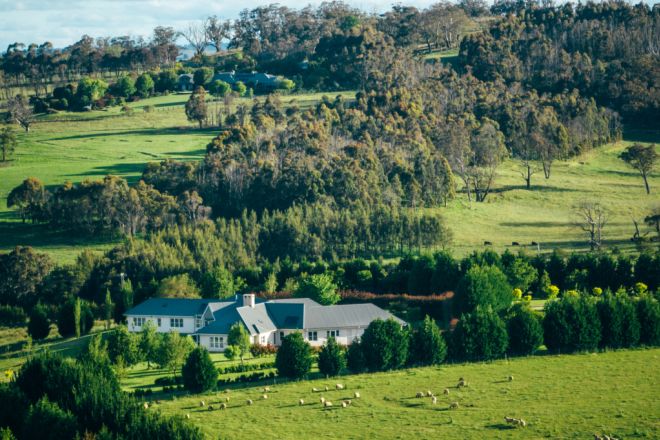
Apartments in Byron Bay rose by 57.1 per cent, although houses dropped by 6.5 per cent, and houses in well-heeled Berry on the NSW South Coast rose by 58.2 per cent.
In Victoria, house prices in Toorak actually fell by 17.3 per cent, and in Brighton by 2.2 per cent, while Canterbury’s median price rose by 5.9 per cent.
House prices in the Mornington Peninsula suburb of Mount Eliza rose by 7.9 per cent.
Queensland’s prices were much stronger, with houses in Brisbane’s Hamilton rising by 30.8 per cent and in New Farm by 20.5 per cent.
Those in the Gold Coast’s Broadbeach Waters rose 34.2 per cent as Noosa Heads jumped 41.4 per cent and Port Douglas rose 27.3 per cent.
In Sydney, The Agency’s Ben Collier is currently selling a free-standing house in Woollahra that’s almost 10 metres wide on 357 square metres of land opposite Centennial Park, with a price guide of $11 million.
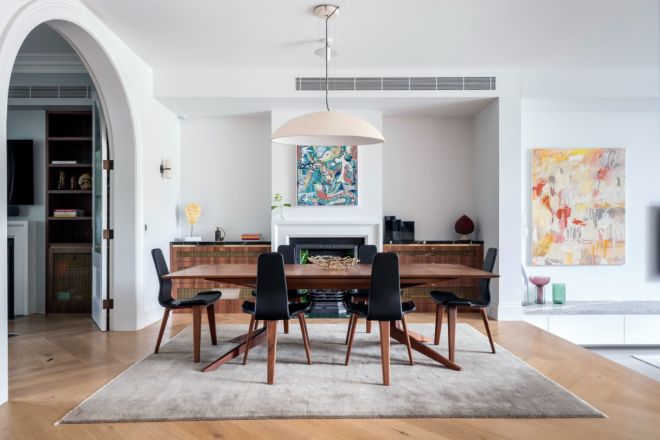
“I think prices are still good here as the supply of top-end properties is thin,” he says.
“I think prices this year will be a function of supply, and the higher the price, the thinner that is, and the easier it is to sell homes. I don’t see an oversupply ever happening.”
In Melbourne, an arts-and-crafts Kew house with fabulous views over the Yarra Bend parkland is for sale $3.6 million to $3.96 million.
Marshall White Boroondara agent Hamish Tostevin says the market is going well in Kew as there’s a big shortage of homes for sale there.
“It’s now back to what we regard as being a more normal market,” he says. “But prices are based on volumes.”
In the country, it’s a similar story. In the Southern Highlands of NSW, an eight-bedroom house on 40 hectares of rolling farmland between Berrima and Berry is being sold for around $10 million.
“The market is still pretty good here,” says Drew Lindsay Real Estate agent Samuel Lindsay.
“There aren’t as many properties on the market so prices are still very positive with only minor adjustments. People are still moving here, so there’s a lot of demand.”
National property analyst Terry Ryder, the owner of hotspotting.com.au, says when top-end prices are down, the whole market looks worse as the big sales tend to drive median prices.
“But some markets have been getting crazy prices over the last couple of years and it’s some of those that are in decline, so it’s a matter of wait and watch,” he says.
We thought you might like
States
Capital Cities
Capital Cities - Rentals
Popular Areas
Allhomes
More
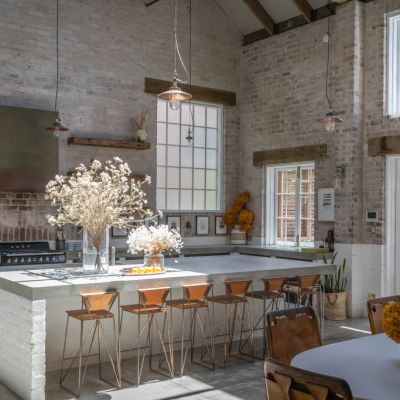
/http%3A%2F%2Fprod.static9.net.au%2Ffs%2F890a545d-d88d-4c09-8cd4-06f505cad311)

